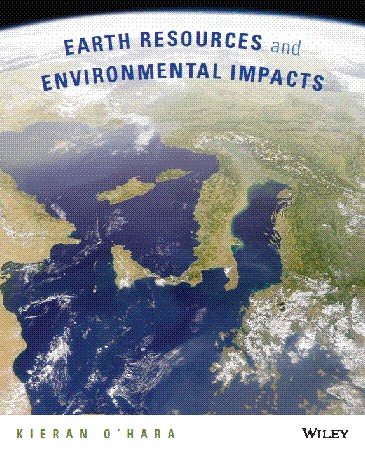
Society faces two related major challenges today – an ever increasing demand for natural resources, especially by the developing world, and the effect of increased extraction and use of these resources on the health of the planet as a whole. This first edition of Earth Resources and the Environment addresses these problems by looking at the environment in the context of Earth-system Science. By treating energy resources as carbon-based (fossil fuels) versus noncarbon-based, the role of the carbon cycle in the health of the planet is emphasized and underscores the relationship between Earth’s spheres (the lithosphere, atmosphere, cryosphere and the biosphere) and man’s role in disturbing these systems. Suitable for both science and nonscience undergraduates, part I provides an introduction to Earth-system Science (including plate tectonics) and to Earth materials so that prerequisite courses are not required. Part II addresses ore deposits, metal and mineral resources, part III addresses energy resources and part IV water resources. Four of the 15 chapters are devoted to the environmental effects of resource extraction and use. Throughout the text, resources are placed within their historical, political and economic context, such as the rise of China, developed versus developing nations, and the world recession of 2008 – 2011. Using metric units, quantitative boxes on selected topics show the student how simple ballpark calculations can provide important constraints on complex issues. Earth resources are an ideal way to introduce students to the principles and methods in the Earth and environmental sciences.
Cover photo: This satellite view looking northwest over Africa and Europe displays some of the Earth’s major spheres – the atmosphere, hydrosphere and lithosphere. The curved horizon underscores that the Earth’s resources are circumscribed by these spheres and that both are finite.
https://ees.as.uky.edu/sites/default/files/Back%20cover%20textbook.docx

